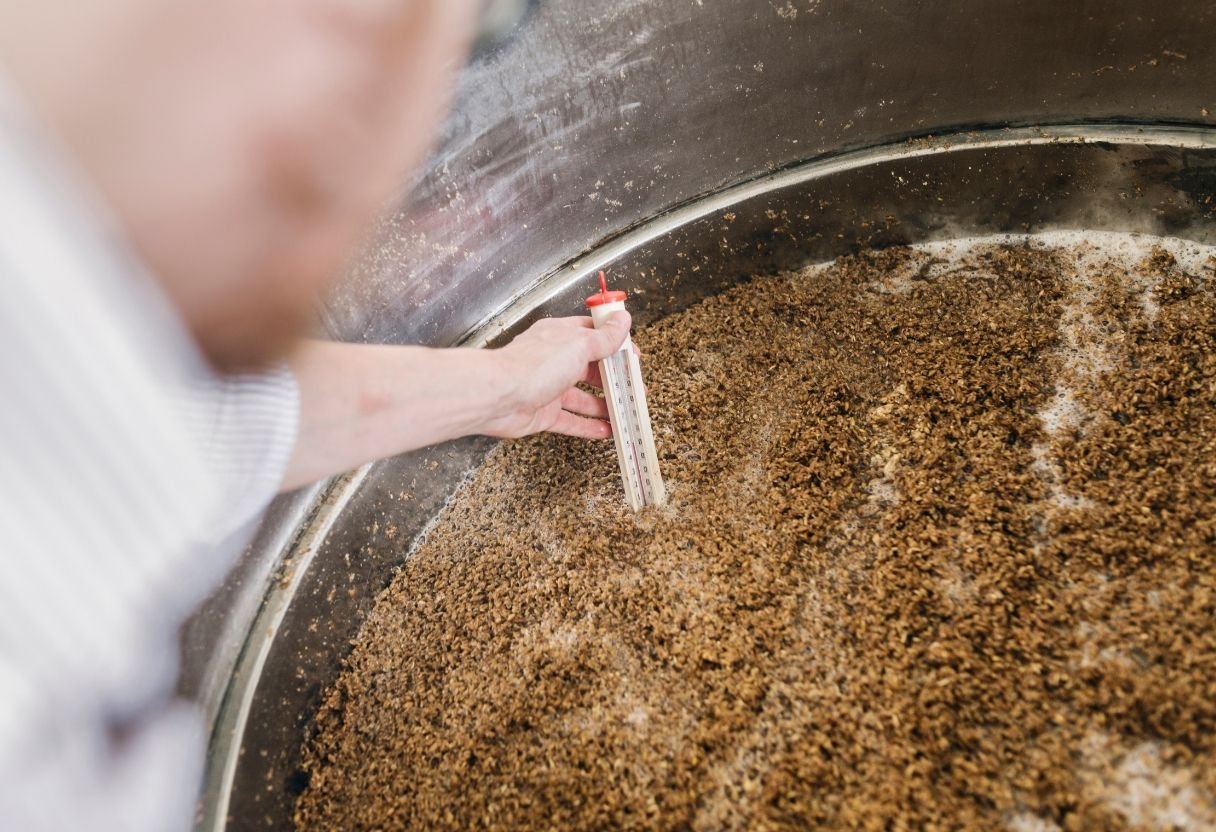The Importance of Proper Temperature Sensor Calibration

In the food service industry, temperature monitoring is crucial in ensuring inventory longevity, guaranteeing food safety, and complying with local health department regulations. As a result, routine audits of cold storage spaces and inventory are ubiquitous within the industry. Best intentions aside, these checks are not always accurate. Inaccurate temperature checks can inflate your bottom line and put your patrons and stock at risk.
One of the leading causes of an inaccurate temperature audit is the potential for a discrepancy between the temperature of a space or item and the reading the instrument produces. This phenomenon is known as sensitivity drift and is usually the result of improper calibration. Unfortunately, businesses may not become aware of sensitivity drift in their monitoring equipment until catastrophic events happen, such as:
- Loss events
- Transmission of foodborne illnesses to customers
- Negative scores on health inspections
Thankfully, there are a variety of solutions you and your team can implement to prevent sensitivity drift and ensure the efficacy of your cold storage monitoring equipment. Read to learn more.
Sensitivity drift and thermometer calibration
Most traditional thermometers, regardless of shape or application, rely on a similar design. A liquid metal, commonly mercury, is housed in an enclosed tube that expands when exposed to warm temperatures and contracts when exposed to cold. The expansion or contraction triggers a dial or needle to create a visual representation of temperature. Over time, frequent expansions and contractions can cause the instrument to lose some elasticity, thereby creating sensitivity drift. Additionally, other factors may contribute as well, such as dropping or puncturing a thermometer’s casing.
However, sensitivity drift is not permanent and is fixable by recalibrating the instrument in question. To calibrate a thermometer:
- Fill a cup with ice and add water, so the liquid temperature is 32°F
- Submerge the thermometer in the water
- Wait 30 seconds until the dial or meter begins to move
- Find the nut and twist it until the device reads 32°F
How much drift is too much
The calibration frequency varies situationally, but it is considered best practice to calibrate before every shift, if not every use. However, over time, ice water calibration may not be enough to reset your thermometers measurements.
HACCP federal food safety management protocols stipulate that thermometers must be accurate within 2°F of the actual holding or conditional temperatures in spaces or items. Therefore, you shouldn’t use thermometers that regularly skew data outside of this range, and you should replace them.
Failure to comply with these regulations can result in severe consequences. When the health department visits your business, they will check that you monitor temperature and ensure that your monitoring instruments function correctly. If they find that your thermometers are out of temp by more than 2°F, it will reduce your score and potentially contribute to a negative grade, fine, or temporary closure.
However, even if the health department doesn’t find significant temperature variations, using uncalibrated or poorly functioning thermometers can still put your business at risk. Cold storage equipment frequently fluctuates in temperature for various reasons, such as the rapid opening and closing of doors during service, a loose gasket, or a clogged compressor.
Though temperature fluctuations are often temporary, it is not uncommon for those conditions to persist past the two-hour threshold that signals an excursion into the food safety danger zone. Inventory heald in the food safety danger zone has the potential to spoil your stock, which forces you to discard it. In fact, 85% of restaurant inventory loss issues are attributable to time and temperature, equating to 50,000 lbs of food waste per location annually.
Although an expensive proposition, failure to discard or notice spoiled inventory comes with significant risk. Spoiled food has poor taste and texture, which may disappoint customers enough to prevent them from revisiting your business.
There is also the risk of transmitting foodborne illness. The bacteria that induce foodborne illness thrive at temperatures above 40°F. Should a customer get sick, you will be inspected again, with more severe consequences, including more significant fines and more prolonged shutdowns, including the possibility of permanent closure.
Conducting proper temperature checks
Traditional thermometers have long been the choice of foodservice teams due to their accessibility and ease of use. However, to ensure that your inventory stays at the correct temperature at all times, we recommend looking into temperature monitoring and analytics platforms, such as GlacierGrid. GlacierGrid’s wireless sensors constantly monitor the conditions of your cold storage spaces to catch temperature excursions before they happen.
GlacierGrid offers a comprehensive suite of software that provides automated reports to comply with health departments and alerts should your refrigerators run out of temp. Upon request, GlacierGrid’s sensors come pre-calibrated by the NIST to ensure your equipment is accurate within 1°F.
To ensure the safety of your inventory, your guests, and your business—Stop Guessing and Start Sensing with GlacierGrid. Click below to buy now.







